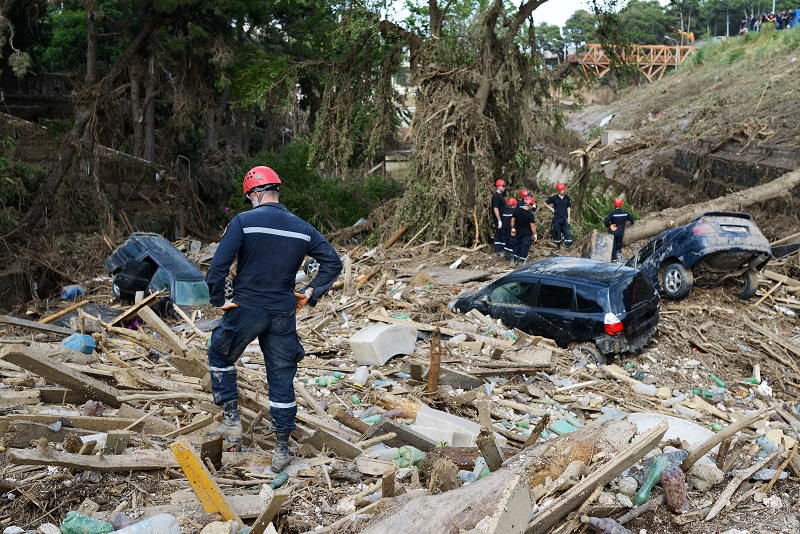Partnering with Purpose
Strengthening national-level resilience in the UK through more dynamic public-private interactions

Natural catastrophes increasingly involve complex perils. Forming a public-private insuring entity designed to encompass various complex perils could focus on extreme eventualities. Its product might be designed to incorporate a parametric approach where appropriate, designating clear event triggers while also incentivizing–through reduced premiums or quicker access to funds–risk-mitigation efforts by policyholders.
Combining catastrophic risks that are uncorrelated and have different impact profiles could make for significant diversification benefits that would expand insurance capacity and coverage beyond what might be available via individual insurer offerings or separate pools.
A single product that focuses on catastrophic events from various sources might be more appealing to customers concerned about extreme incidents than a suite of separate-tail risk products with separate costs. It also could attract private capital from insurance, reinsurance and capital markets, which might absorb some of the losses even in cases where most of the risk is borne by government. Regardless, effective implementation would lower the burden to taxpayers by reducing losses and facilitating faster economic recovery
Marsh McLennan’s report, Partnering with Purpose, prepared for the National Preparedness Commission in the UK, examines the opportunities for stronger interactions between public and private sectors. Founded on extensive research and interviews with resilience experts in the UK and abroad, it offers ideas for further exploration.
The wide scope and significance of this challenge presents a clear opportunity for the (re)insurance market to bring forth innovative solutions that address understanding, affordability and appeal. Guy Carpenter and Marsh McLennan stand ready to join forces with governments, local authorities and community groups in understanding risks and exploring solutions.

Strengthening national-level resilience in the UK through more dynamic public-private interactions